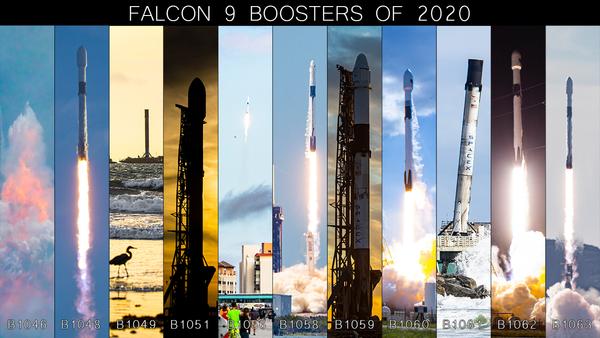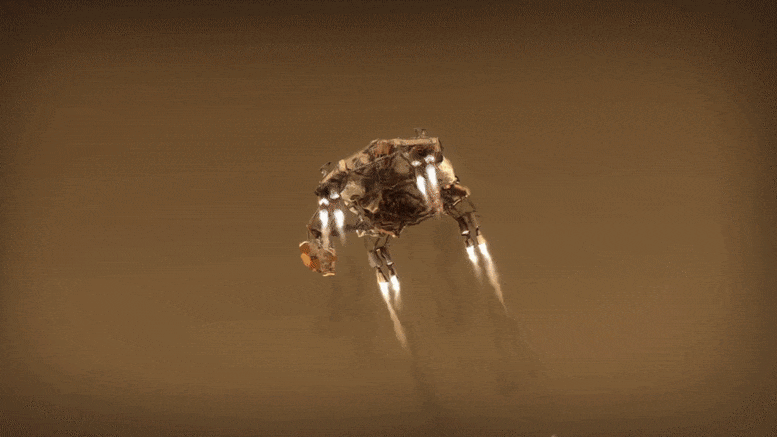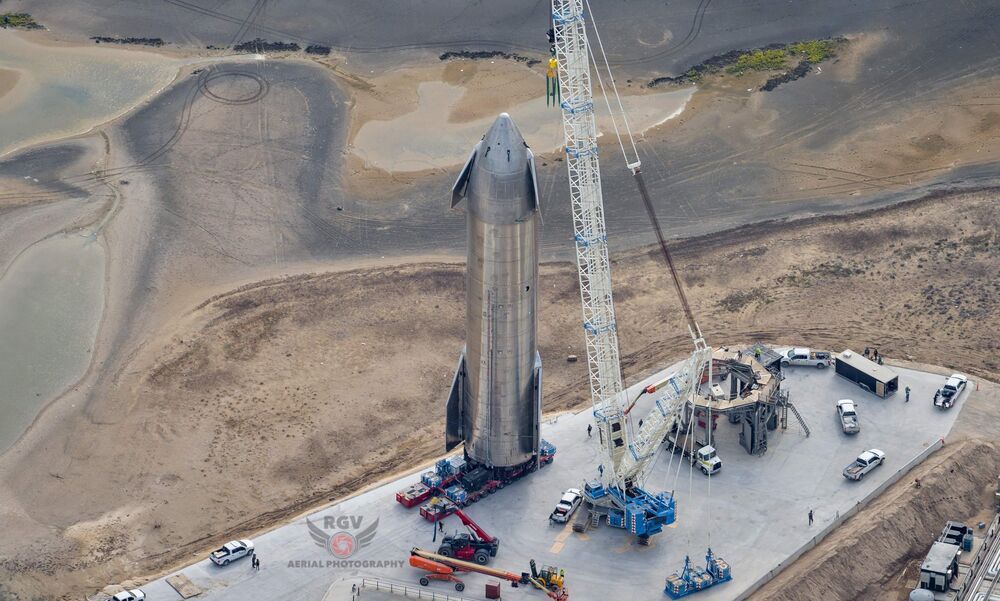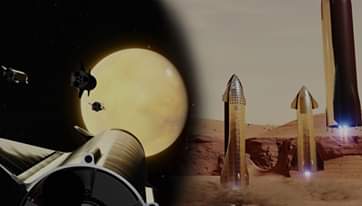Dec 28, 2020
SpaceX Completed A Record-breaking Launch Manifest In 2020
Posted by Raphael Ramos in categories: Elon Musk, mathematics, robotics/AI, space travel
SpaceX’s fleet of reusable Falcon 9 rockets enabled it to conduct more missions in 2020 than ever before. SpaceX completed a record-breaking launch manifest this year, it conducted 26 rocket launches –the most annual launches it has performed in history. Rocket reusability has played a significant role in increasing launch cadence. Falcon 9 is capable of launching payload to orbit and returning from space to land vertically on landing pads and autonomous droneships at sea. To date, SpaceX has landed 70 orbital-class Falcon 9 boosters and reused 49. This year the company accomplished flying two particular rocket boosters 7 times. Engineers aim to reuse a first-stage booster at least 10 times to reduce the cost of spaceflight. The most reused Falcon 9 rockets that reached 7 reflights this year are two first-stage boosters identified as B1051 and B1049. SpaceX is just three flights away from achieving 10 reflights. SpaceX officials state Falcon 9 [Block 5] is designed to perform up to 100 reflights.
Stephen Marr, a spaceflight photographer who goes by the name @spacecoast_stve on Twitter, shared a photo collage of all the Falcon 9 boosters used in 2020, “SpaceX carried out a record-breaking 26 launches this year, but how many boosters did it take to get it done? The answer is 11. And here they are!” he wrote. SpaceX founder Elon Musk replied to Marr’s tweet –“Falcon was 25% of successful orbital launches in 2020, but maybe a majority of payload to orbit. Anyone done the math?” he said.

















